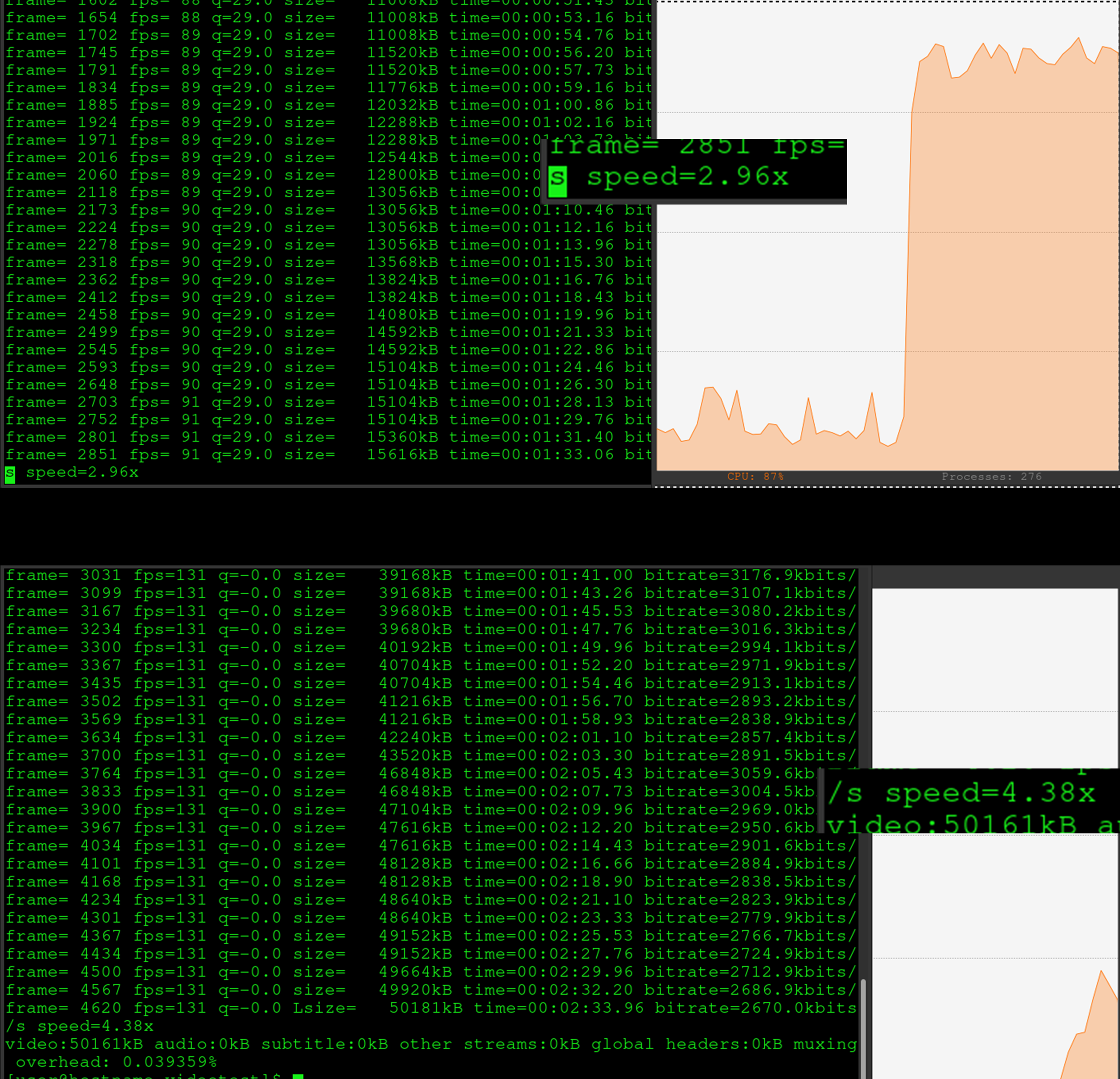import os from os.path import basename path = "." path = os.path.realpath(path) path = path[:-len(basename(path))]
If you want to know what this does:
path starts as
.
then os.path.realpath(arg) turns it into
/abd/def/ghik
which is the current working directory.
Now path is a string: “/abd/def/ghik”
basename(path)
will give us “ghik” which is a 4 letter word.
The directory above this directory is the realpath -4 letters, from the end.
We can use [from:to] to select a range of items in a python list.
So we use from 0 to -4
path[:-len(basename(path))]
If you want to remove the last “/”, use the range 0:-5
path = path[:-(len(basename(path))+1)]

